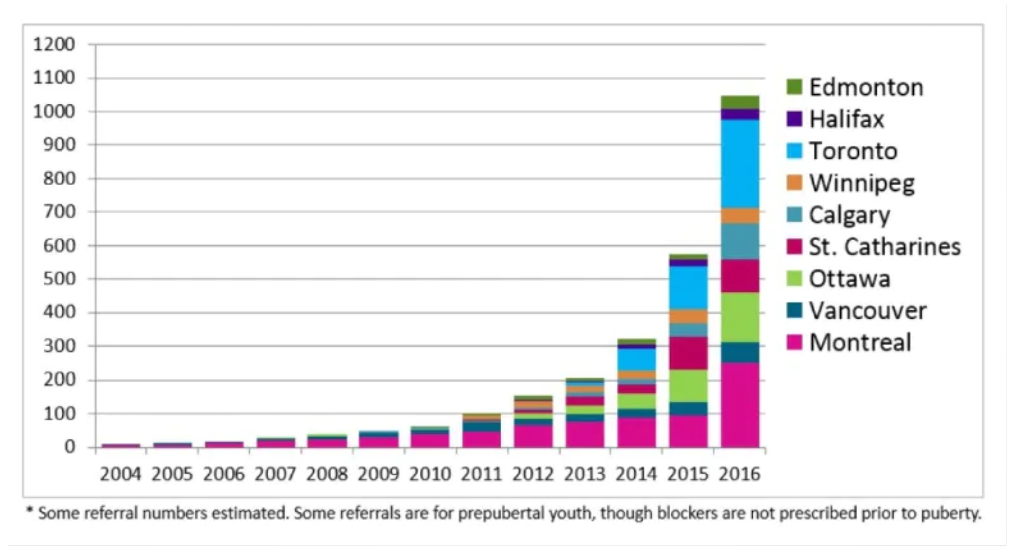Trans and non-binary people are the latest targets for those struggling with the visibility of the world’s beautiful diversity. Seeking a return to the homogeneity that only lived in the precipices of their ignorance, they’ve singled out gender diverse individuals as the wedge issue that will bring them back.
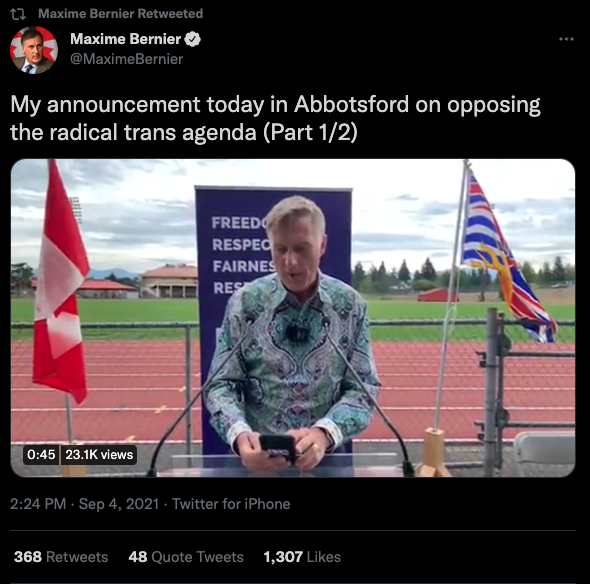
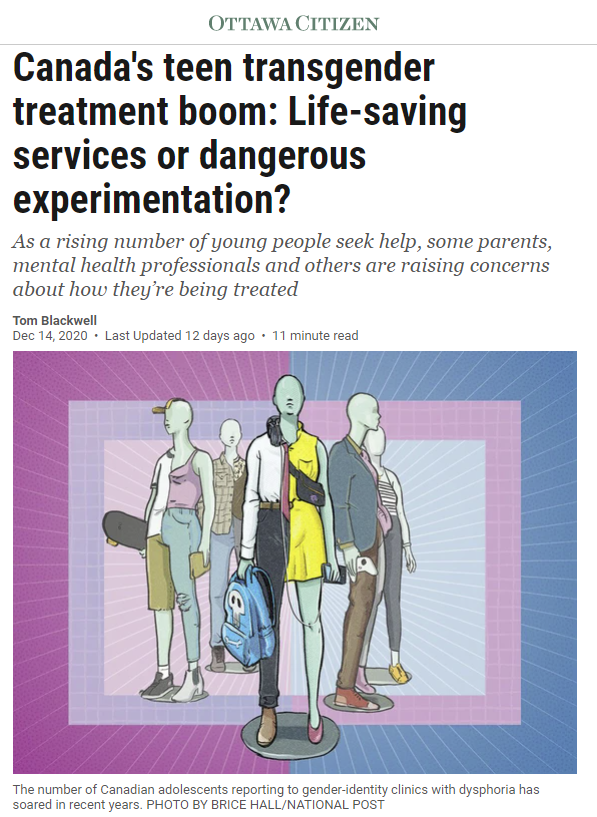
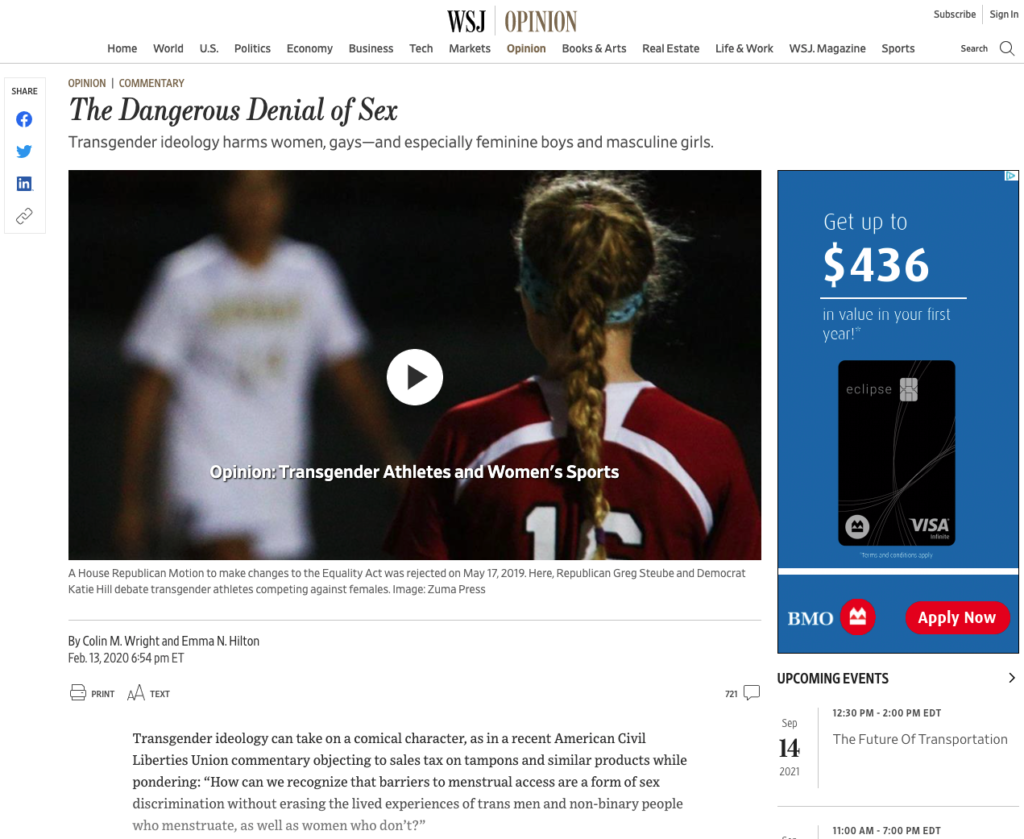
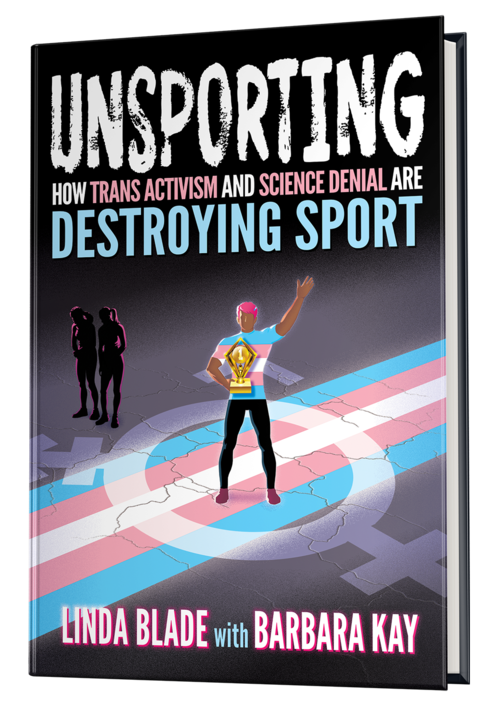
I’ve been documenting transphobia for a decade, and one thing that’s notable in that time is the shift from implicit exclusion and ad-hoc incidents to mainstream organized movements demanding explicit exclusion. Yet also evident in that time is the extent to which trans and non-binary individuals have blossomed. Here’s some positive changes of the past ten years.
More young people are coming out
In 2016, referrals for trans youth across major Canadian cities was two orders of magnitude greater than a decade previous.
Meanwhile, the suicide attempts by trans youth in Ontario in a given year halved from 19% in 2010 to 9% in 2021. The latter figure also includes non-binary youth.
There’s more possibility models
Representation of trans and non-binary people in 2010 at a transition point. Previously, if you didn’t know you were gender diverse, your exposure to what that could look like was informed by mainstream media, which was mostly negative played for laughs, scares, or pity.
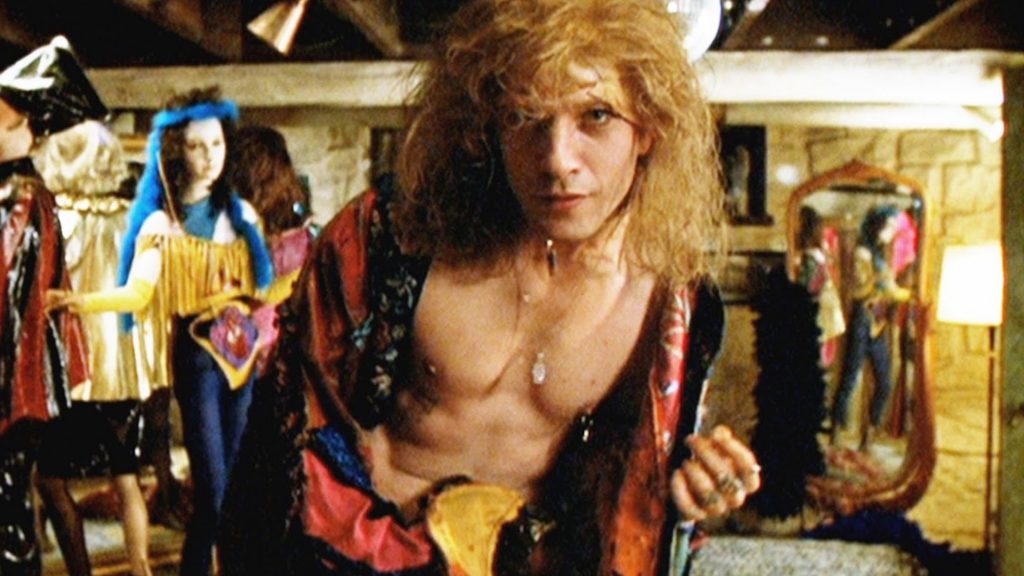

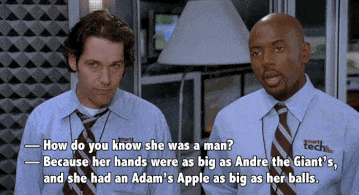
Positive representation was only accessible by specifically seeking them out in websites like Susan’s Place, LiveJournal or Facebook. Around that time though, there was a shift where trans-created content on sites like YouTube and Tumblr were going mainstream. People were being exposed to possibility models in a way they hadn’t previously.
While in 2021 representation in television and movies remains largely absent, there are possibility models everywhere on platforms such as TikTok, YouTube, Instagram, Twitch, etc.
There’s more books!
In 2010, there were books like Susan Stryker’s Transgender History, Viviane Namaste’s Invisible Lives, Julia Serano’s Whipping Girl, Leslie Feinberg’s Stone Butch Blues, S. Bear Bergman’s Gender Outlaws, and Ivan Coyote’s short stories. Still, the subject remained the domain of small publishers and independent bookshops or zines.
By 2021, so many more works existed from talented authors such as Kai Cheng Thom, Rae Spoon, Sybil Lamb, Torrey Peters, Casey Plett, Imogen Binnie, Sophie Labelle, Sam Orchard, and Archie Bongiovanni. Major booksellers started carrying these titles and some such as Janet Mock’s Redefining Realness became bestsellers.
There’s more music!
In 2010, you had bands like The Cliks and Tribe 8. Famous musical artists like Billy Tipton, Jackie Shane, and Wendy Carlos were largely closeted during their careers.
Come 2021, you had had albums like Schmekel’s The Whale That Ate Jonah, Rae Spoon’s My Prairie Home, Against Me!’s Transgender Dysphoria Blues, and artists like Mal Blum, Coyote Grace, Skylar Kergill, Rebecca Sugar, Dani Shay, She/Her/Hers, Sophie, Shea Diamond, among so many others.
Less economic hardship
In 2010, 50% of trans people in Ontario were making less than $15,000/yr and 14% made more than $50,000/yr. By 2020, 25% of trans people in Ontario were making less than $15,000/yr and 31% made more than $50,000/yr. While this does not signify that those who were poor a decade ago are less likely to be poor today, it does demonstrate that there’s fewer costs to being gender diverse today.
Fewer sterilizations
In 2010, gender diverse people seeking to correct the gender marker on identity documents in Canada were required to have surgery irrespective of their own wishes. This coerced people to have sterilizing medical procedures to update documents, a practice admonished by the United Nation. By 2021, these requirements were eliminated from all jurisdictions in Canada.
Unfortunately, surgeons continue to modify intersex people’s genitalia without their consent.
Better data
In 2010, the only study that collected general-purpose data from a wide range of gender diverse people in Canada was TransPULSE in Ontario (433 participants). Since then, there’s been:
- TransPULSE Canada study of trans and non-binary people in Canada (2,873 participants)
- Trans Youth CAN! study of trans youth in Canada (174 youth + 160 caregiver participants)
- Angus Reid’s study of cisgender Canadians’ attitudes (1,416 participants, 99% self-reported as not transgender)
Outside of Canada, there’s also been some good data collected in the intervening years, such as the U.S. Trans Study (27,715 respondents).
Less awful schools
In 2010, student clubs supporting queer & trans youth were banned in all of Ontario’s publicly funded Catholic schools including in Ottawa. By 2021 the Ontario government had passed a law prohibiting bans on support groups. Trustees voted to fly the Pride flag. Sex education included talk of sexual orientation and gender identity even after being partially stripped due to one bigoted Christian.
Educational institutions aren’t in the clear yet, however: 20% of trans and non-binary youth avoided schools for fear of harassment or outing, 72% had experienced verbal harassment, and 37% physical intimidation or threats.
Inclusion in human rights legislation
In 2010, only the Northwest Territories had their anti-discrimination legislation include gender identity. In 2021, every single province and territory amended their laws to include gender identity, along with the federal government. In 2010, Ontario was funding a conversion therapy clinic. By 2016, the practice was outlawed in Ontario, the clinic was shut down, and by 2021 it was also outlawed in Nova Scotia, Prince Edward Island, Quebec, Yukon as well as some major municipalities.
Update: it’s now illegal across Canada!
Corporate awareness rose
As recently as 2014, Capital Pride’s programming excluded trans people. It wasn’t uncommon for rights organizations to claim to work on behalf of trans people when fundraising, only to then relegate these matters to an afterthought and exploit the local trans workforce.
After portrayals of trans people shifted from buffoons and hyper-sexualized caricatures to tragic stories mid-decade, corporations exploited the moment in their advertising. Pride committees and marketing-heavy human rights organizations followed. By 2021, the trans flag emoji was official, Pantene featured a trans child, Starbucks had an ad with a trans youth, Mastercard had an ad featuring a trans person, etc. The AP Style Book included the singular they, and news organizations got much better about not dead naming trans people and using the correct pronouns.
Fewer medical barriers
In order to get transition-related surgical care in 2010, gender diverse individuals in Ontario needed to go before a panel of doctors at the Center for Addictions and Mental Health (CAMH) in Toronto to prove they were trans enough. There was a two-year waitlist. Meanwhile, the same institution was running a conversion therapy clinic.
By 2021, the government had shifted away from a model that infantilized gender diverse people, and transition-related medical care became much more like any other treatment. Out was CAMH, in was getting a doctor’s approval. Getting access to hormone replacement therapy was also far less onerous, with the informed consent model slowly spreading.


